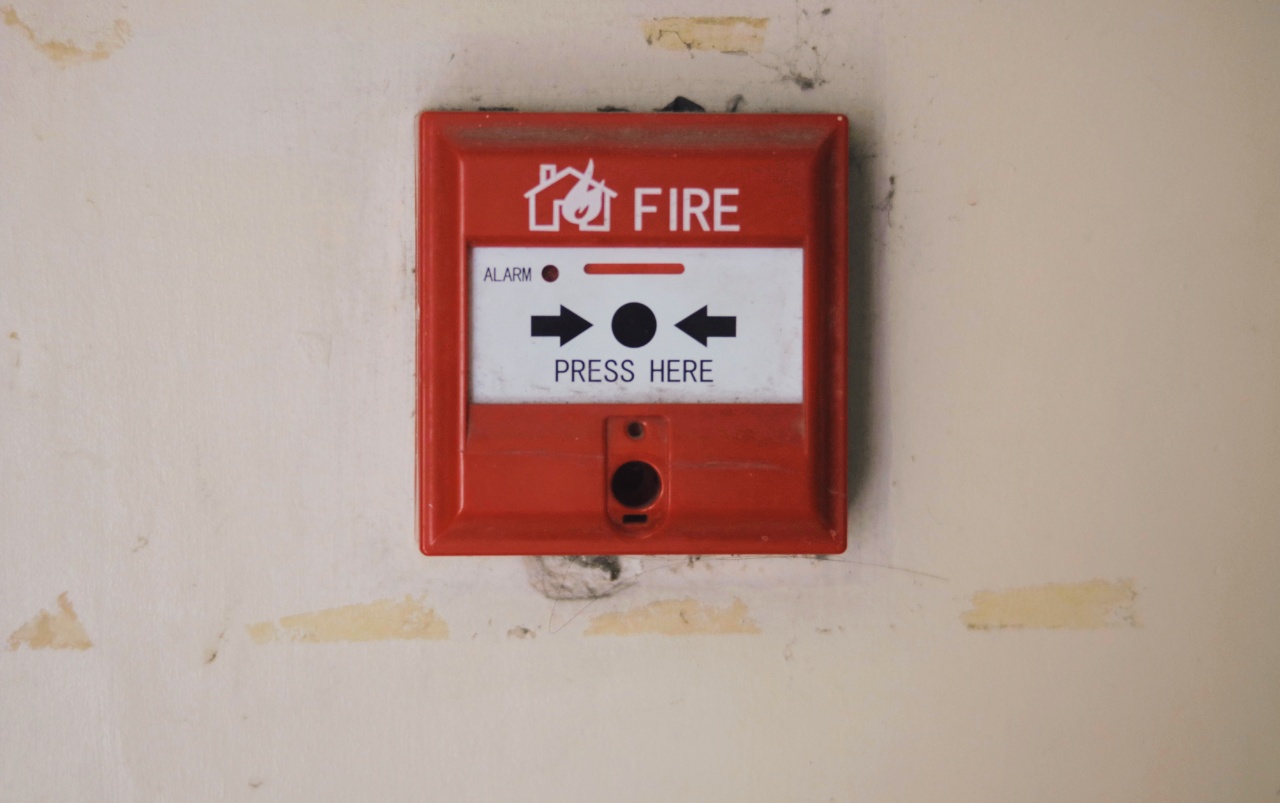An esophagectomy is a surgical procedure performed to remove all or part of the esophagus, commonly due to conditions such as esophageal cancer, severe reflux, or Barrett’s esophagus.
Although it is a major operation, advancements in surgical techniques have significantly improved the success rates and outcomes of esophagectomies. However, one potential complication that can occur after the procedure is re-enclosure, which refers to the narrowing or constriction of the remaining esophagus.
What Causes Re-Enclosure?
After undergoing an esophagectomy, patients may experience scarring or strictures in the remaining esophagus. These scar tissues can gradually tighten over time, leading to the narrowing of the passage.
If left undetected or untreated, re-enclosure can result in difficulties swallowing, regurgitation, chest pain, and even malnutrition.
Early Detection and Prevention Strategies
Early detection of re-enclosure is crucial in preventing further complications. Regular follow-up appointments with the surgical team are essential to monitor the patient’s progress and identify any signs or symptoms of re-enclosure.
During these appointments, the medical team may conduct various diagnostic tests and examinations to assess the condition of the esophagus.
Diagnostic Techniques
Several diagnostic techniques can aid in the early detection of re-enclosure:.
1. Endoscopy
An endoscopy is a minimally invasive procedure that involves inserting a thin, flexible tube with a camera into the esophagus.
This allows the physician to visually inspect the internal structure of the esophagus and identify any signs of narrowing or scarring.
2. Barium Swallow
A barium swallow is an imaging test where the patient swallows a liquid containing barium, which coats the esophagus and highlights any irregularities on X-ray images. This procedure can detect strictures or narrowing in the esophagus.
3. Esophageal Manometry
Esophageal manometry measures the pressure and muscle contractions in the esophagus. This test can help evaluate the functionality and motility of the esophagus, providing insights into any abnormalities or strictures.
4. pH Monitoring
pH monitoring assesses the acidity levels in the esophagus over a 24-hour period. This test can help identify the presence of acid reflux, which can contribute to the development of strictures or re-enclosure.
Treatment Options
If re-enclosure is detected early, several treatment options can help prevent its progression:.
1. Dilation
Esophageal dilation is a procedure where a balloon or dilator is inserted into the narrowed esophagus and inflated to widen the passage. This helps alleviate the symptoms and improves swallowing function.
2. Medications
Medications such as proton pump inhibitors (PPIs) can help manage acid reflux, reducing the risk of further complications and the development of strictures.
3. Dietary Modifications
Avoiding foods that can trigger reflux and adopting a diet that includes easily digestible, soft, and semi-solid foods can help prevent aggravation of the esophagus and reduce the risk of re-enclosure.
Lifestyle Changes
Adopting certain lifestyle modifications can also contribute to the prevention of re-enclosure:.
1. Avoid Smoking
Smoking can worsen acid reflux and delay the healing process, increasing the risk of strictures. Quitting smoking is crucial in preventing re-enclosure and promoting overall well-being.
2. Maintain a Healthy Weight
Being overweight or obese can contribute to the development of acid reflux and increase the strain on the esophagus. Maintaining a healthy weight through a balanced diet and regular exercise can help reduce the risk of re-enclosure.
3. Elevate the Head while Sleeping
Raising the head of the bed or using a wedge pillow can help prevent acid reflux during sleep, reducing the chances of re-enclosure.
Conclusion
Early detection plays a pivotal role in preventing re-enclosure after esophagectomy.
Regular follow-up appointments, coupled with diagnostic tests such as endoscopy, barium swallow, esophageal manometry, and pH monitoring, can aid in the timely identification of any strictures or narrowing in the esophagus. Treatment options such as dilation, medications, dietary modifications, and lifestyle changes can effectively manage re-enclosure and minimize its impact on an individual’s quality of life.
By prioritizing early detection and implementing appropriate preventive measures, patients can significantly reduce the risk of re-enclosure and its associated complications.



























